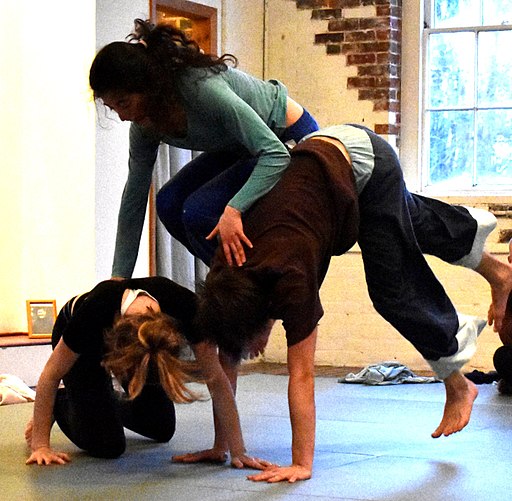
There’s a long, and arguably harmful, tradition of therapists being trained to be “blank slates.” This is the style of therapy we still see sometimes in TV and film: the client talks, struggles to express feelings, maybe even blows up in frustration. And the therapist, sitting back in the chair, takes notes, looks up blandly, and says, “How did that make you feel?”
In actual practice, this is far less common now than it once was. Therapists are more frequently trained to attune to their clients, to use empathy as a tool, and to reflect, but also direct. Yet in my practice, I still often hear from clients that they’ve experienced this kind of un-attuned therapy in the past: therapists who’ve just let them “vent” without offering much guidance; who they didn’t feel understood them or their problems; or whom they had to educate extensively before they could be helped.
And, this may be a news flash, but: most people come to therapy looking for help.
A lot of people, too, come to therapy from a background of PTSD or C-PTSD, or if not, experienced some disruptions of attachment in childhood. And one of the roles that a good therapist can fill is that of the attuned listener and empathic presence that may have been missing from the client’s life for a long time.
I’ve been reading sections of Pete Walker’s book on C-PTSD and treatment, and one of the most profound lessons I’m taking from it is how important it can be for clients to see a therapist respond appropriately and sensitively to their feelings. Many people with trauma histories haven’t always—sometimes, haven’t ever—been received accurately. They haven’t felt seen and understood by people, nor sensed that their feelings mattered deeply to someone. They haven’t been able to find relief for what are often overwhelming emotions, or been given a sense that their feelings are welcome, or even real.
Walker talks about the importance of empathy and authenticity (among other qualities) in a therapist, especially when talking with traumatized clients. For some clients, the therapist may be a client’s first experience of someone being truly present for them, seeing them accurately, and accepting rather than rejecting their feelings. Walker is a survivor of C-PTSD himself, and notes the moment when he met the first therapist who truly helped him:
My therapist’s modeling that anger, sadness, fear, and depression were emotions that could be healthily expressed helped me to renounce the pain-repressing, emotional perfectionism in which I was mired. With her, I learned to stop burying my feelings in the hope of being loved. I renounced my just-get-over-it philosophy and embraced vulnerability as a way of finally getting close to people.
Pete Walker, from Complex PTSD: From Surviving to Thriving
As a somatic therapist working entirely remotely for the past year, I’ve had to draw a lot on what can be communicated solely through my face, along with my voice, of course. Luckily enough, I’m also trained as an actor, and have always had a very expressive face, or so I’m told. It might even be impossible for me to be a ‘blank screen’ therapist—or to have any skill at poker. I’m trained in projecting my emotions through my face at a distance, but I also do it largely without thinking about it.
The result of this tends to be that I react authentically when clients tell me about their experiences. Sometimes—perhaps even much of the time—these responses in my face tell them something about the way they themselves are feeling about the experience, but have not felt comfortable feeling openly. Seeing my emotion, often a client is able to safely connect with their own. As Walker writes, “Clients need to feel safe enough with their therapist to describe their humiliation and overwhelm. At the same time, the therapist needs to be nurturing enough to provide the empathy and calm support that was missing in the client’s early experience.”
I am conscious and careful, though, not to be demonstrative in a way that might disrupt the client’s process—not that I am always completely successful. Witnessing a feeling that is misattuned, or inaccurate, in a therapist’s face can be extremely alienating, and lead to a breach in trust. And as Walker also writes, a sense of trust is something that is often already very damaged in survivors. Therapists often have to reestablish trust repeatedly, as the client’s inclination may be more to withdraw trust than to give it.
And so one way that I seek to establish, and then reestablish, and reestablish again if need be, the trust that is so crucial to successful therapy is by responding authentically and personally to clients’ stories. So my eyes will widen and I will look incredulous when you tell me about the shitty thing your boyfriend did. Or I may tear up when you reveal some vulnerable truth to me.
From my own training, I am mindful not to over-identify: the last thing a client needs is for me to become so emotional on their behalf that they then have to take care of me. But I do my best to be present with your emotions as a client, and to reflect them and even amplify them if that seems to be what’s needed. Sometimes, you need to see what you’re not sure you’re permitted to feel, reflected back to you and affirmed. And when I’m lucky, I can provide the space for that.







